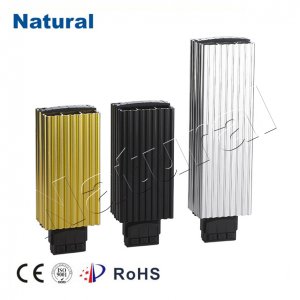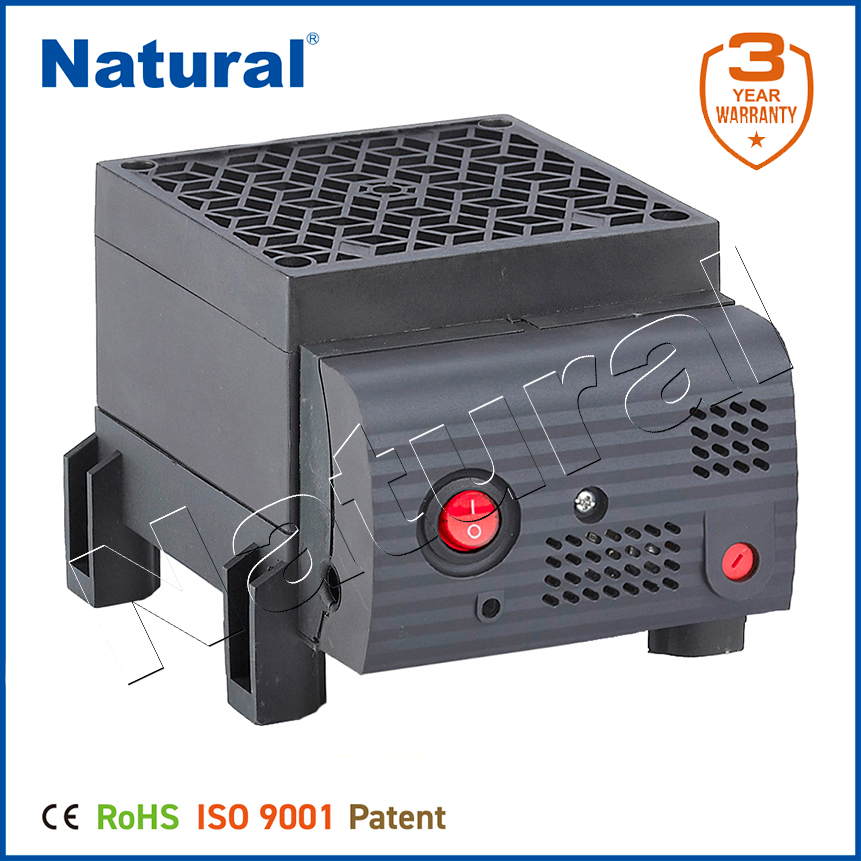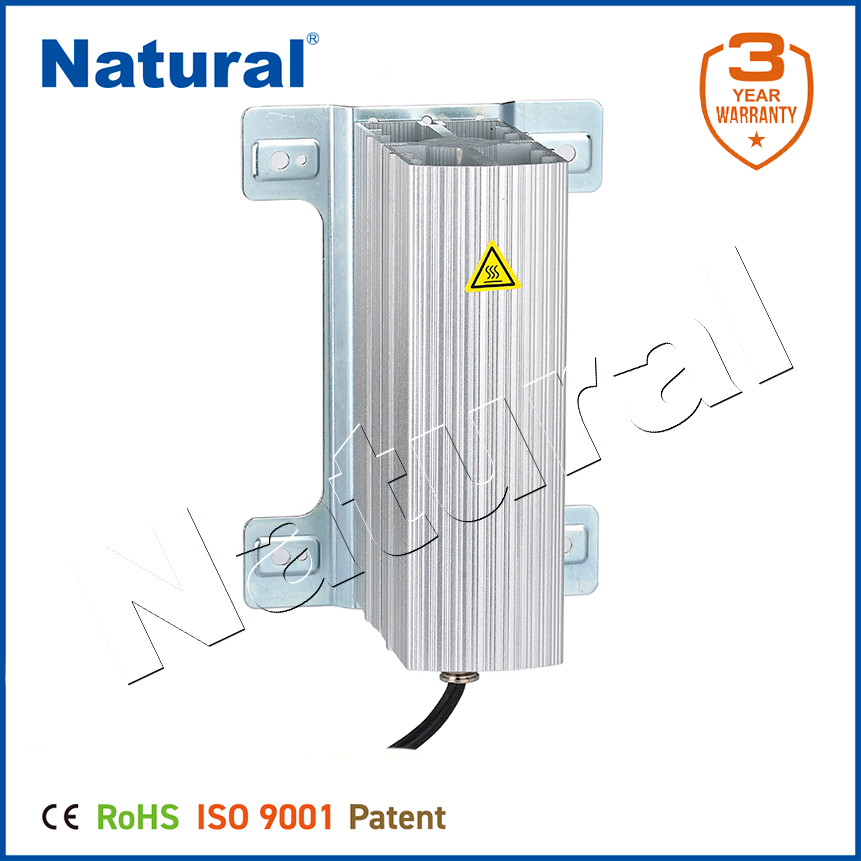An enclosure heater is a crucial component in industrial settings where electrical equipment or control panels are housed in enclosures. These heaters are designed to regulate the temperature inside enclosures, preventing moisture buildup, condensation, and potential damage to sensitive equipment. By maintaining a stable internal environment, enclosure heaters contribute to the longevity and optimal performance of electrical systems, ensuring that operations remain efficient and safe. In this article, we will explore the function, benefits, types, and applications of enclosure heaters in various industries.

What is an Enclosure Heater?

An enclosure heater is a device designed to maintain a constant temperature inside an electrical enclosure, especially in environments where external temperatures fluctuate or drop below critical levels. These heaters prevent internal condensation by raising the temperature inside the enclosure slightly above the ambient temperature, reducing the risk of moisture-related issues. Condensation can cause rust, corrosion, or even short-circuiting in electrical components, leading to equipment failure or malfunction. How Does an Enclosure Heater Work? Enclosure heaters are typically powered by electricity and are mounted inside the enclosure they are meant to protect. They function by generating heat that raises the internal temperature, which keeps the air dry and at a controlled level. The most common types of enclosure heaters include fan-forced heaters, silicone rubber heaters, and cartridge heaters. Each type has a different method of heat distribution, but they all work toward the same goal—protecting sensitive equipment from moisture damage.
